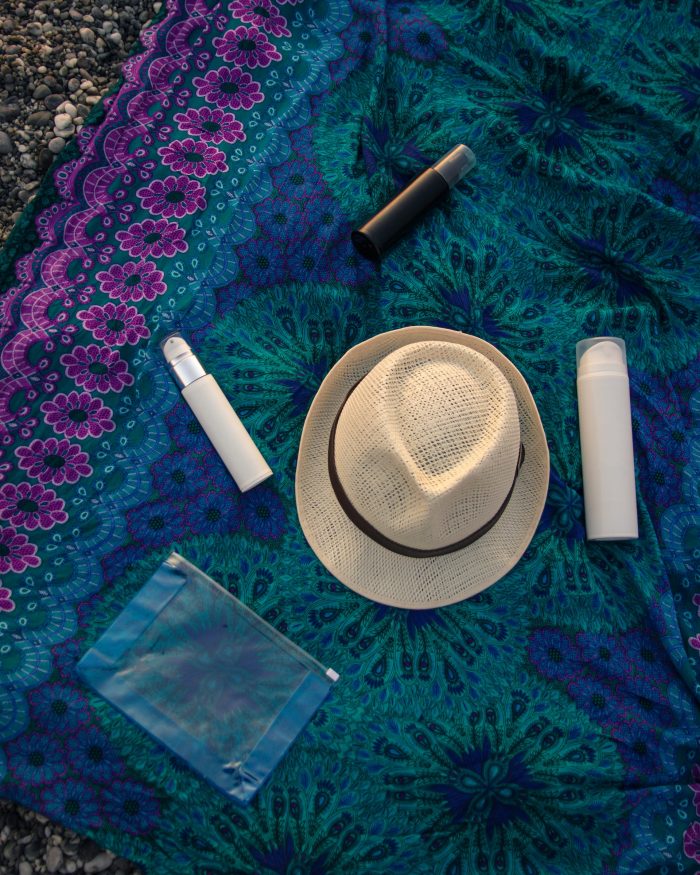Sunscreen, also called sunblock, sunspot, sunblock lotion or tanning lotion, is any type of lotion, cream, lotions, gels, spray or other skin product which blocks or absorbs some of the sun’s ultra-violet radiation and so helps to protect from sunburn. The amount of protection you need will depend on the kind of skin you have and your usual exposure to the sun. For best results always use a sunscreen with a high SPF value and try to apply it when outdoors during the summer months and protect it with a sun block for every day of the year, especially if you spend a lot of time outside in the sun. It is advisable to use sun cream after your sunscreen has been applied so that the sunscreen will have time to absorb into your skin before you need to use it. Sunscreen can be purchased at most drug stores and cosmetic departments both in supermarkets and malls.
If you have already sun burned and want to reduce the damage, then you may need to see a dermatologist who is experienced with sun damage and skin care. If you are experiencing sun damage that does not respond to over the counter sun cream or self-care treatments, then your dermatologist may recommend stronger prescription medication such as erythromycin or clindamycin. You may also be given a steroid cream to apply to the affected area. This needs to be prescribed by a dermatologist and you should never attempt to self-medicate. Your dermatologist may also recommend an alternative solution for your sunburn such as a chemical peel or laser treatment.
Sunscreens are designed to provide sun protection from UVB rays, which are responsible for causing sun burns. Although many sun creams contain up blockers, not all of them have high enough levels of these ingredients to offer significant protection against UVB rays. Therefore, sun creams need to contain more sun blocking ingredients in order to provide a high level of sun protection. Sunscreens have been tested over several years to determine their effectiveness in reducing the risk of sun damage.
Sun protection can be provided in two different forms, either as an SPF product or as a moisturizer with sunscreen in it. Both have their pros and cons and each form has its own purpose. Sunscreens with up blockers and/or sunscreens with vitamin E are more effective sun creams because they offer a higher SPF and greater protection against UVB rays.
Sunscreens with a high SPF of 30 or more have been proven to provide the most significant sun protection factor. The high SPF level of these products prevents sunburn during the first few minutes of application and allows for maximum protection for all areas of the body. Sunscreen with the sun protection factor sun creams may have lower levels of the sun protection factor (SPF), but they provide adequate sun protection for daily wear. There is another product on the market called the “Day Low” SPF Sun Protection Factor Sunscreen which has been developed especially for day to day wear and is recommended for people who want protection for a specific part of their body.
When you’re looking for a good sun cream, look for the sun protection factor and the amount of sun blocking and sun care ingredients in the product. If you want your face to look younger and healthier, using high SPF sunscreens is the best way to achieve this. If you have dark skin and are concerned about developing wrinkles, then consider using a sun cream with broad-spectrum SPF to help prevent sun damage to your skin. You can also try moisturizers that contain sun blocking ingredients like oxybenzone and zinc oxide for better skin tone and texture.








